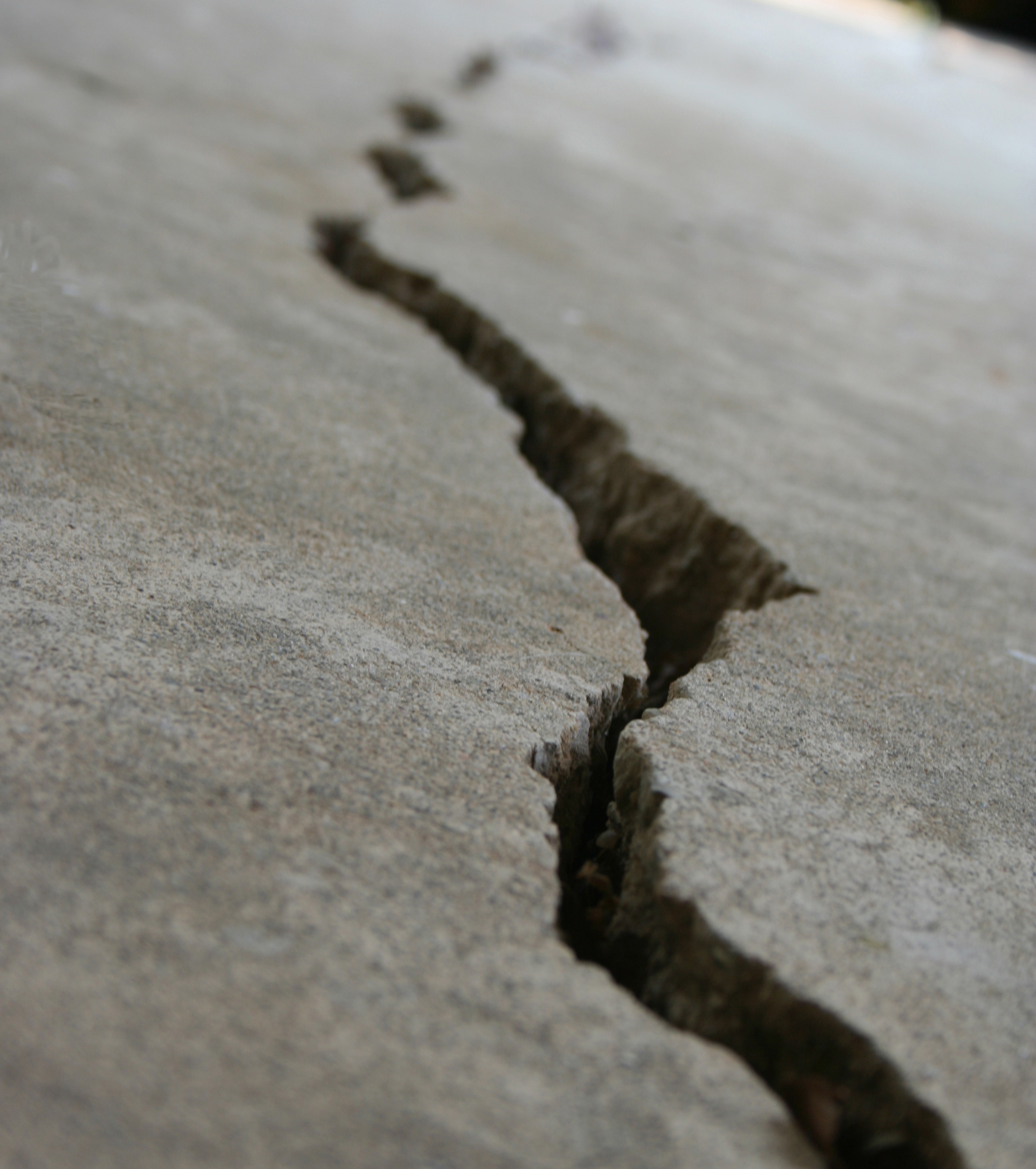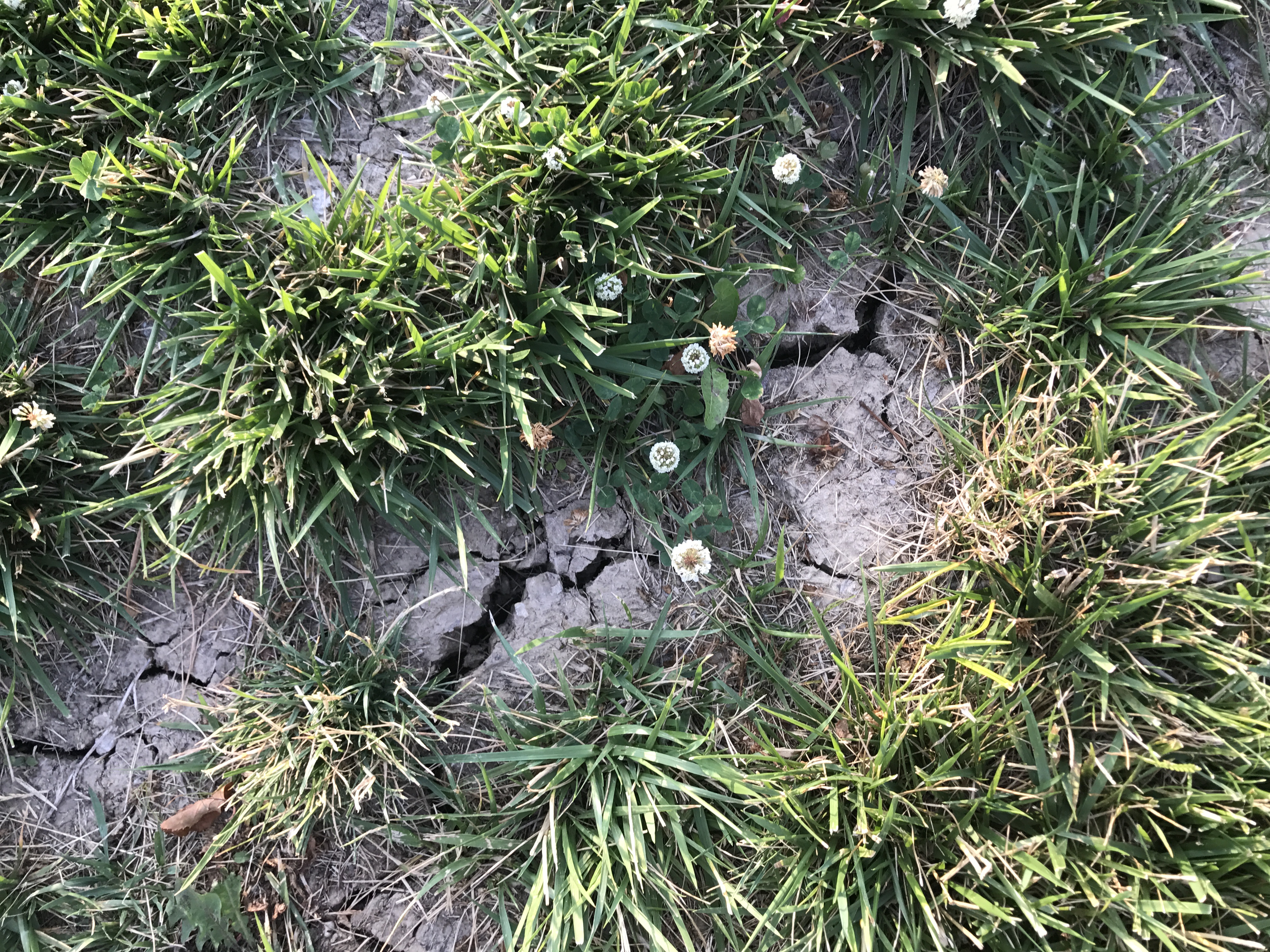As a homeowner watering the foundation of your house is important to prevent damage to the foundation, plumbing pipes, exterior and interior walls, structural members, and your budget. If you let your foundation crack, it will cost thousands to repair.
Too Much or Too Little
A common cause of foundation problems in Kansas and Missouri — despite normal conditions where there is no drought — is the clay soil in the region. I often talk about proper drainage and how foundations crack because of too much water. This article is focused on too little water around the foundation.
If your home is built on clay soil then the house’s foundation is floating more on a spongy soil.
Clay soil can absorb water greatly. It also changes significantly when it’s dry than when it’s wet. I’ve noticed that clay soil contracts and expands when the surrounding moisture changes.
The constant drying and moistening of the foundation soil causes the soil to move, and it’s hard to tell how the soil is going to move when moisture content changes.
The moisture differences in the soil across time wouldn’t be an issue if it was uniform around the foundation. However, the damage of a home’s foundation occurs when the foundation wants to bow or bend due to uneven moisture. Unfortunately, concrete doesn’t bend well, it cracks. This is why we place rebar in structural concrete to allow it to bend but not crack under normal use.
Even with rebar in place, home foundations are subject to damaging shifts from capillary action based on the clay content and the amount of moisture in the soil.
Keeping it in Balance
The purpose of watering your foundation is to keep the soil’s moisture consistent around and under the foundation. Our objective is to keep the soil’s moisture just right so it doesn’t get very dry or too wet. Consistent moisture is the key.
What Else Can Go Wrong?
If the soil move around the foundation plumbing pipes, exterior and interior walls, and structural members move. Plumbing (water and gas) pipes can separate from the foundation, twist or shift, breaking the pipes where they enter the home. No one wants this to occur.
Exterior walls and interior walls start to show evidence of movement but this is a late indicator of issues that have occurred in the foundation due to soil conditions.
As you continue on your home ownership journey and monitor your foundation soil moisture content keep in mind the trees that can siphon moisture from the soil. Even worst, roots can damage your foundation.


















Leave A Comment